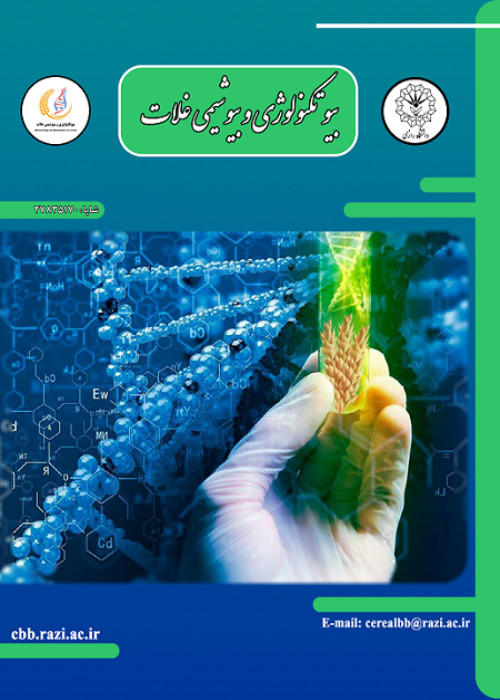Mutation breeding in rice using gamma irradiation and mature and immature embryo culture
The use of seeds to create genetic mutation brings problems because the use of seeds increases the duration of the research, and the study of traits requires plant cultivation, making it impossible to test more than once a year. Another point is the presence of shimmer in mutant plants. Biotechnology techniques, especially tissue culture, solve these problems today. In this method, a repeatable and efficient regeneration system is needed to create mutations in rice plants to obtain fertile plants from the changed tissues.
To determine the appropriate dose of mutation induction to create genetic changes in the callus tissue obtained from the mature and immature embryos of Nemat and Taram rice varieties, a factorial experiment was carried out within a completely randomized design using doses of 20, 30, 40, 50 and 60 Gy (GY) of Gamma radiation in four replications. For callus generation, MS medium with 0.5 mg/liter 2, 4-D and 1 mg/liter Kasein was suitable for both cultivars. Also, for the regeneration of calluses obtained from both types of embryos of the Tarom cultivar, MS base medium containing 4 mg/liter of BAP, 0.5 mg/liter of IAA, 0.5 mg/liter of NAA, and 5 mg/liter of Kasien were used. In the final stage, 30-day-old calluses were subjected to gamma radiation treatment with five doses of 20, 30, 40, 50 and 60 Gy. They were compared with the control treatment in the regeneration stage regarding moisture percentage, growth rate and regeneration percentage.
After irradiation, the effect of variety on regeneration percentage, growth rate based on weight and callus diameter, the effect of embryo type on regeneration percentage and moisture percentage, the effect of radiation on all studied traits, the effect of variety × embryo only for regeneration percentage and moisture percentage, the effect of variety × radiation for all traits and the effect of embryo × radiation and cultivar × embryo × radiation were significant only for the percentage of reproduction. The LD50 obtained in Nemat and Tarom cultivars with mature embryos was related to doses of 26.78 and 41.83 Gray, respectively; with immature embryos, it was 14.55 and 35.30 Gray, respectively.
The difference in this experiment can not only be caused by genetic differences, but it can also be due to the difference in callus humidity and the effect of gamma rays.
- حق عضویت دریافتی صرف حمایت از نشریات عضو و نگهداری، تکمیل و توسعه مگیران میشود.
- پرداخت حق اشتراک و دانلود مقالات اجازه بازنشر آن در سایر رسانههای چاپی و دیجیتال را به کاربر نمیدهد.


